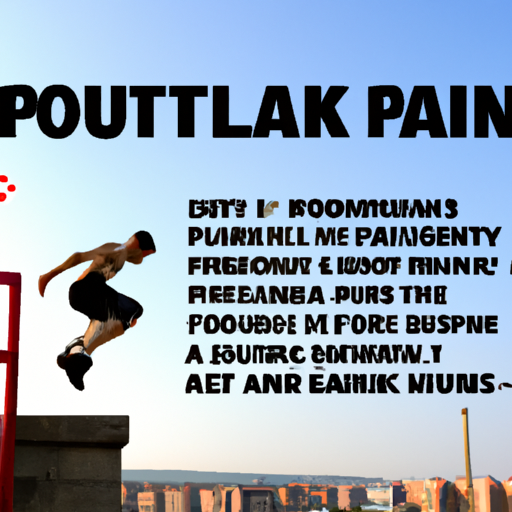Parkour, also known by the names freerunning and urban acrobatics is a form of physical activity that involves participants moving creatively and athletically through obstacles and through spaces. Some consider it an extreme sport because it can cause bodily harm and sometimes even trespass on private property. The question is, is parkour legal?
The Legalities of Parkour
Parkour laws vary from one country to another, depending on the city or individual parks. It is generally not illegal to practice parkour anywhere. It can be illegal in some situations, depending on the type of activity and the implications for property, other participants, and the law. Take, for example:
- Trespassing – Although it is not illegal to parkour in public parks, anyone who goes onto private property without permission could be in violation of trespass laws.
- Vandalism is graffiti, breaking windows, or causing damage to property that is considered vandalism is illegal.
- Disturbing peace – making noises, setting off alarms, or otherwise disrupting others can all lead to a breach in the peace. This is illegal activity.
Parkour is dangerous?
Safety is an important consideration when you take up a new activity, and parkour is no exception. Parkour poses risks, such as falls, trips, and twists. However, these hazards can be reduced by making sure that all participants are properly protected and practicing in a safe environment. It is important to understand the basics of parkour before you begin. For extra safety, it is recommended to practice with experienced professionals and in groups. This encourages more enjoyment and collective energy, as people can share their enthusiasm and creativity.
Frequently Asked Questions about Parkour
Q1: Is Parkour Illegal?
Parkour is not illegal in most places. It can be considered illegal in certain circumstances, such as when it involves trespassing or destruction of private property, or when it disrupts the peace, destroys property, or is vandalized. Before engaging in parkour, it is important that you are familiar with the local laws.
Q2: Is Parkour dangerous?
Parkour can be dangerous if it is not done correctly and safely. Parkour should be practiced in groups with professionals to ensure safety.
Q3: What types of insurance do I need for parkour?
Many insurance companies offer liability insurance that covers the practice of parkour. You should review your insurance policy to make sure you are adequately covered for any risks related to the activity.
Q4: How can I learn parkour?
It is best to learn parkour with an experienced professional. Parkour professionals often offer workshops or classes that teach the basics of the discipline and help people improve their skills. To share knowledge, inspire each other, and meet like-minded people, it is important to join local parksour communities.
Q5: What are the safety tips for parkour?
Parkour safety tips include using the correct protective gear, practicing in groups with experienced professionals, understanding local laws, and taking frequent breaks.
Q6: Is there a place to practice parkour?
Parkour can be practiced in many places. Public parks, skate parks, and gymnasiums are all popular venues. It is important to verify the laws in your area before you start practicing parkour. It is important to ensure that no private or public property is violated without permission.
Q7: What equipment do I need for parkour?
Parkour requires only a pair of trainers. Other protective gear, such as gloves, elbow pads, gloves, and a helmet may be worn by parking practitioners. These are optional and not necessary for basic parkour practice.
Q8: What are the benefits of Parkour?
Parkour has many physical and mental benefits. It helps to build strength, flexibility and balance as well as agility, coordination, and coordination. It helps build mental resilience as participants must face fears, push boundaries, and build confidence. It encourages mental resilience by encouraging creative problem-solving. Practitioners must find ways to get around obstacles as efficiently as possible.
Q9: What are the Five Basic Moves of Parkour,
Parkour’s five fundamental moves are the precision jump and cat leap, as well as the vault, vault, and wall climb. These five moves are the foundation of parkour, and they also form the basis for most of the moves in the discipline.
Q10: What is Freerunning?
Freerunning is a form of physical activity that combines elements from parkour and gymnastics. Freerunners combine movement and acrobatic elements to create an artistic, freestyle form of escape. Although freerunning is considered a discipline, it is rooted in parkour.

Leave a Reply